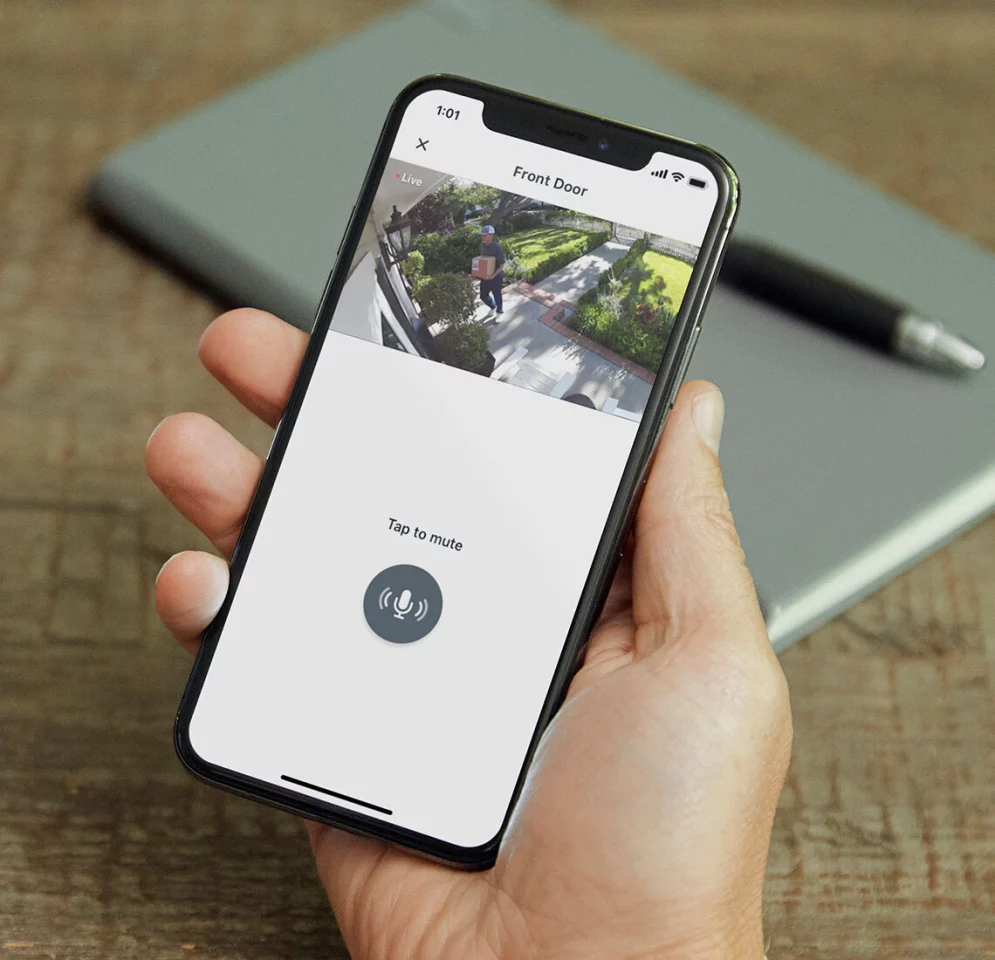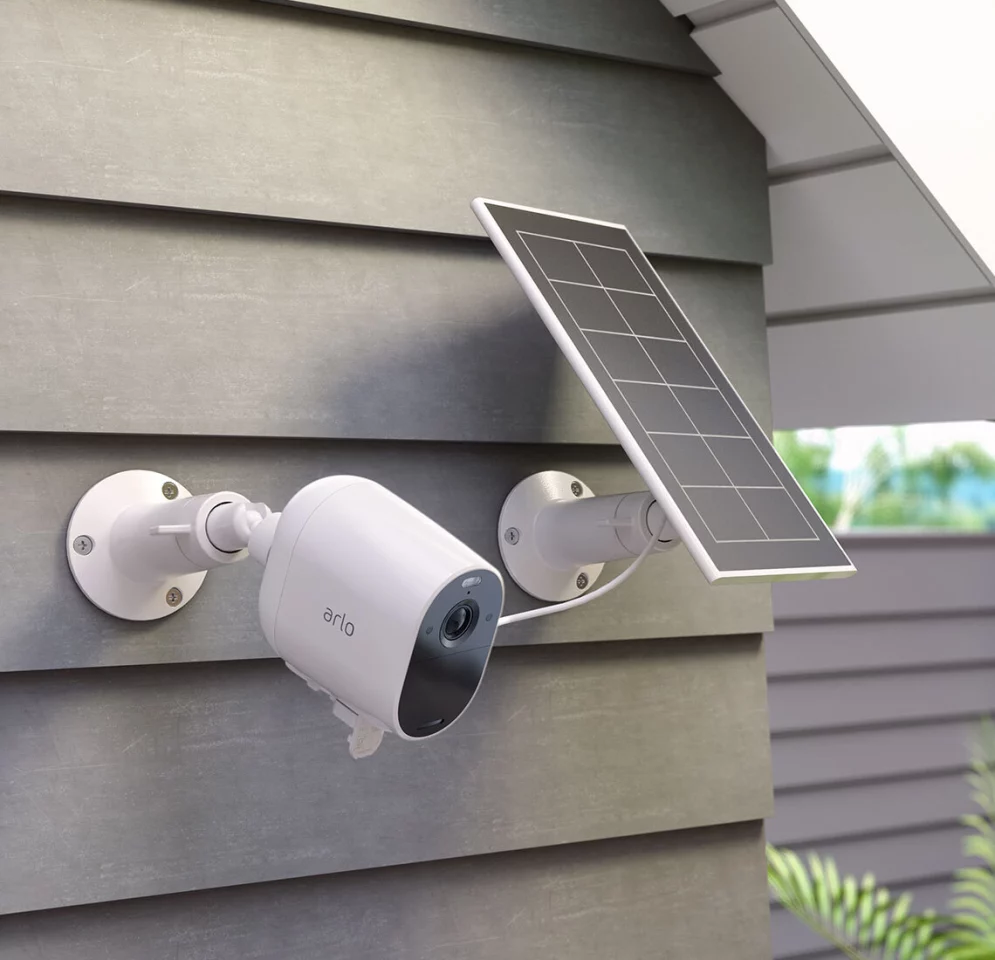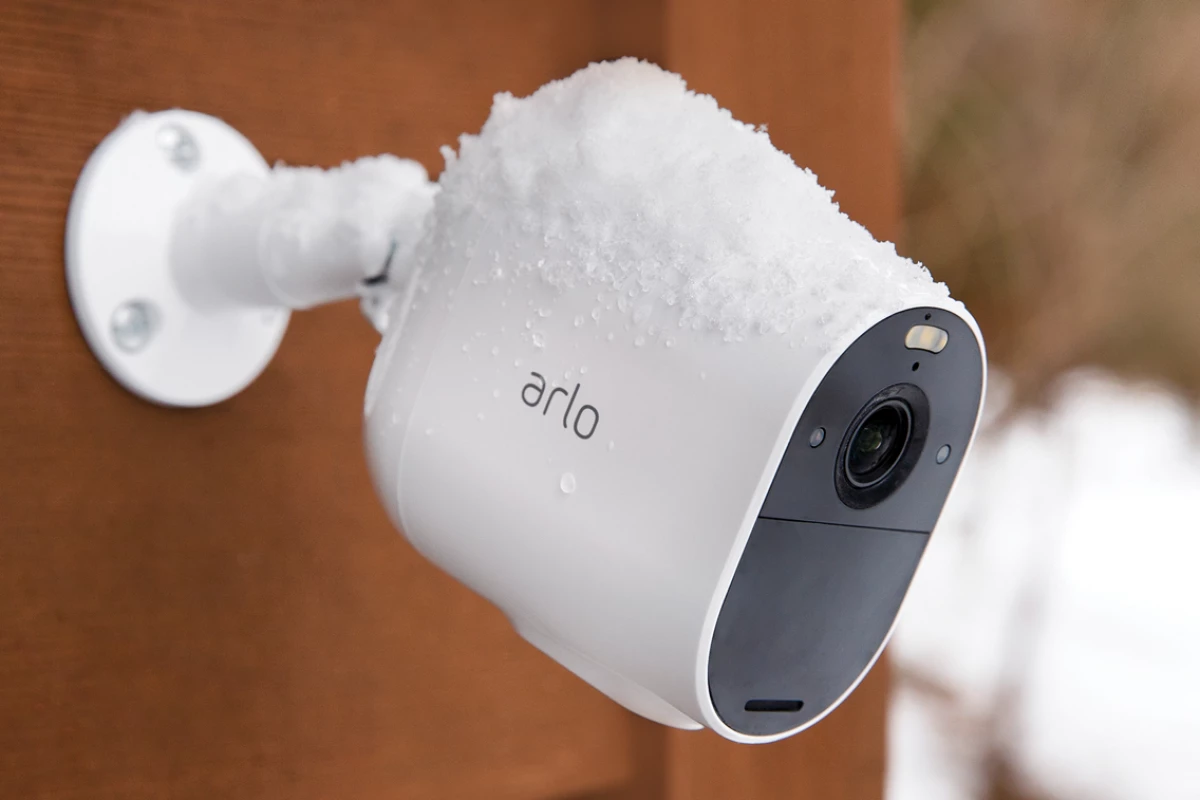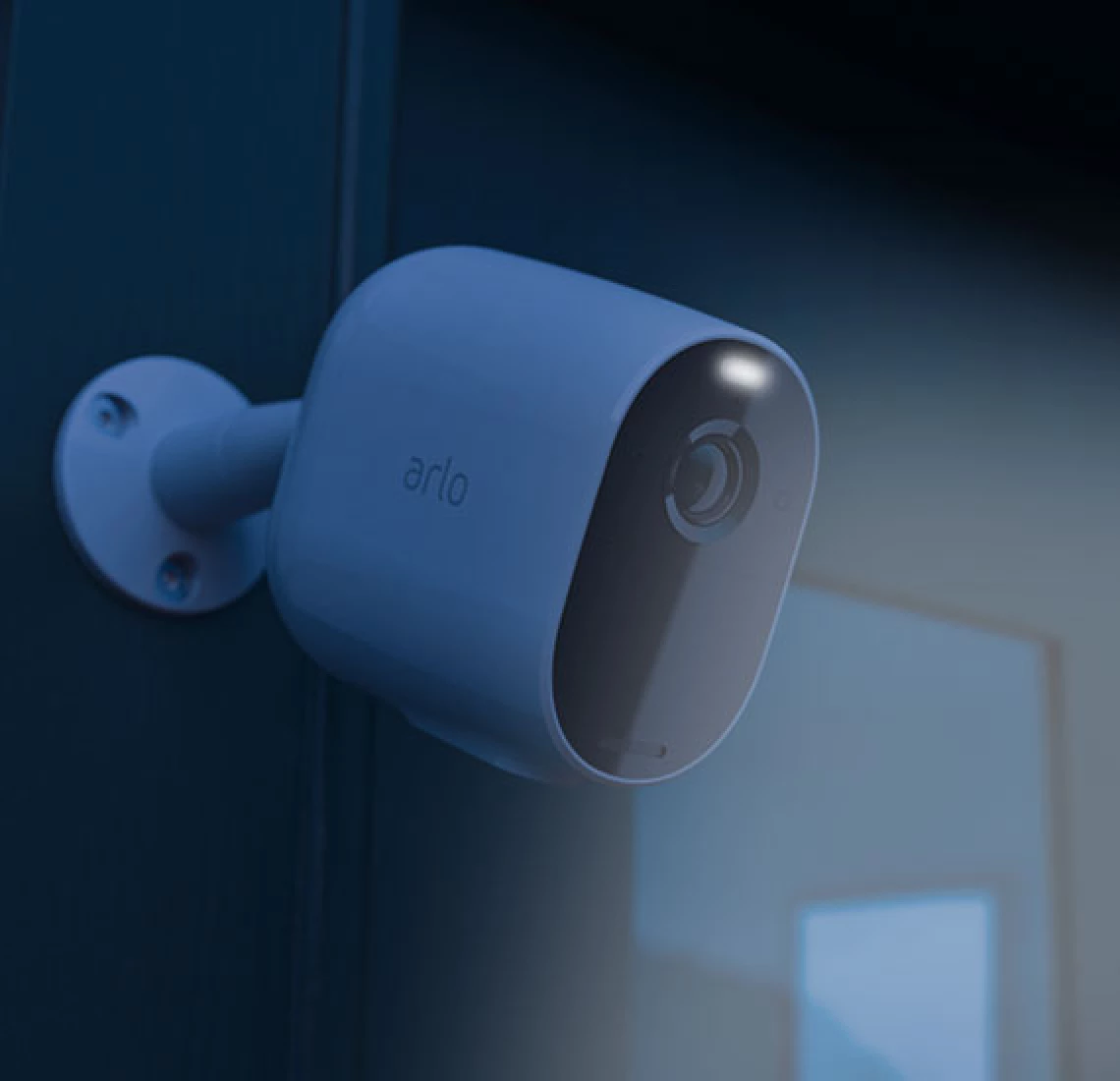Arlo's new entry-level, wireless home security camera packs everything a basic user will need into a simple, user-friendly unit at an affordable price. The only drawbacks are a couple of minor inconveniences and a monthly fee.
Starting out as a division of Netgear, Arlo quickly exploded into the world's leading home security camera manufacturer, a position it still holds with around a quarter of the market share in the US.
The Arlo Essential is the company’s attempt to tackle the lower end of the market. Where the Arlo Ultra gives a 4K picture and costs around US$400 for a camera and a base station, and the Arlo Pro 3 shoots in 2K and goes for $400 or so as a two-camera, one base station system, the 1080p Essential costs just $129 (AU$229) and can be up and running in minutes.
It offers a narrower field of view at 130 degrees (the Ultra goes as wide as 180 degrees), but realistically most of the time you know where the baddies and deliveries are coming from, and 130 degrees is still pretty dang wide. The Essential comes with a mount that screws into your wall, it's weatherproof, and since it's wireless and battery-powered there's nothing else to plumb in before you're up and running.

You connect it to your 2.4 GHz Wi-Fi network (it doesn't like 5 GHz Wi-Fi for some reason), then connect your phone to the same network to set it up and get it running. There really isn't much to play with; basic brightness settings, activity zones for notifications, flicker adjustment to counteract the effect of fluorescent lights, motion detection sensitivity, that sort of thing.
I pointed it at my front porch, adjusted the activity zones to stop the thing from notifying me every time somebody drove a car past in the street outside, and left it running.
Now, it's worth pointing out that my city's in stage four COVID-19 lockdown and nobody's supposed to to be going anywhere, making for a weird time to be testing a security camera. But I can tell you the Arlo Essential faithfully dinged my phone every time I went out to put something in the bin, or a pizza guy arrived. Thanks to its online AI processing, it also correctly managed to identify people, animals and vehicles with very good accuracy.
When it sees something, it logs a short piece of footage around that event, uploads it, processes it and then makes it available for viewing. This does take a minute. Playing back the footage, you can pause at any point and zoom right in to get a good look at a face. You can also easily share clips or images by saving them to your phone or direct sharing them through the Arlo app.

For real-time interactions, you can easily tune in to a live stream from the camera at any time, and the Essential has the ability to operate as an intercom as well; you speak into your phone, and you can have a half decent, if slightly laggy, conversation with whoever's outside. You can also press another button and delight them with a high-pitched, screeching siren.
It's also got a built-in automatic floodlight, which it uses to deliver full-color images at night, to help you find the keyhole when you get home in the dark, and to startle anyone who goes to put the bin out at 1am.
Its in-built battery can last as long as six months, according to the website, but that depends vastly on how much action it sees. There's a reasonably busy street in the background of where I pointed it, so presumably this taxes it harder than a quieter location. I've also been fiddling with it a fair bit, but either way, the battery has dropped to 30% after six days of use.
And here's where things get a little annoying. To charge the Arlo Essential, you basically have to unscrew it from the wall mount, plug it into a MicroUSB charger, charge it up and then go screw it back onto the wall every time it runs itself out. If Arlo was to put a removable battery in the Essential, maybe it'd compete too hard against the Arlo Pro 3.
If you're mounting it inside, you could leave it plugged into the charge cable, but that'll be a messy solution. If you're running it outside, you can augment your system with a little solar panel that'll keep it topped up, but at around $80 (AU$99), that does change the price equation.

Speaking of the price equation, the Arlo Smart AI notification and data storage service isn’t free either. It’ll cost you US$2.99 (AU$4.49) a month if you’re running a single camera, or US$9.99 (AU$14.99) a month if you’re running more; you can chain together groups of up to five of these jiggers and control them all from the app. You get three months free with the camera.
If you want to store your own data, you can do so with the addition of a SmartHub or Base station accessory, both of which will run you around US$100 (AU$179). But then you won't get the benefit of the AI notifications.
Still, these are reasonably small bikkies for a home security camera from a leading brand, and the Arlo Essential certainly does what it says on the tin, with little fuss. We've had no issues with it over a week of operation, and have no difficulty recommending it.
Product page: Arlo











